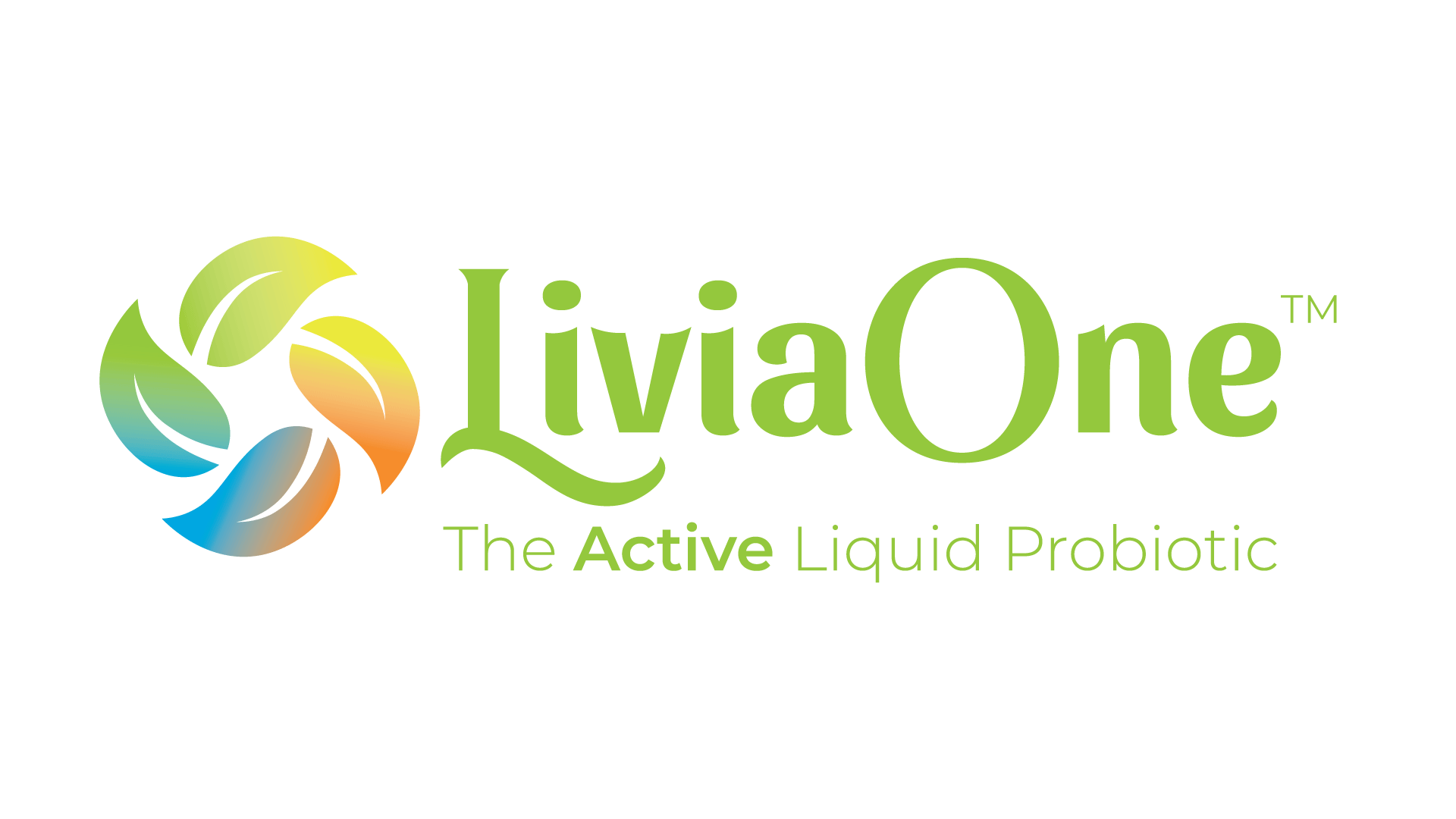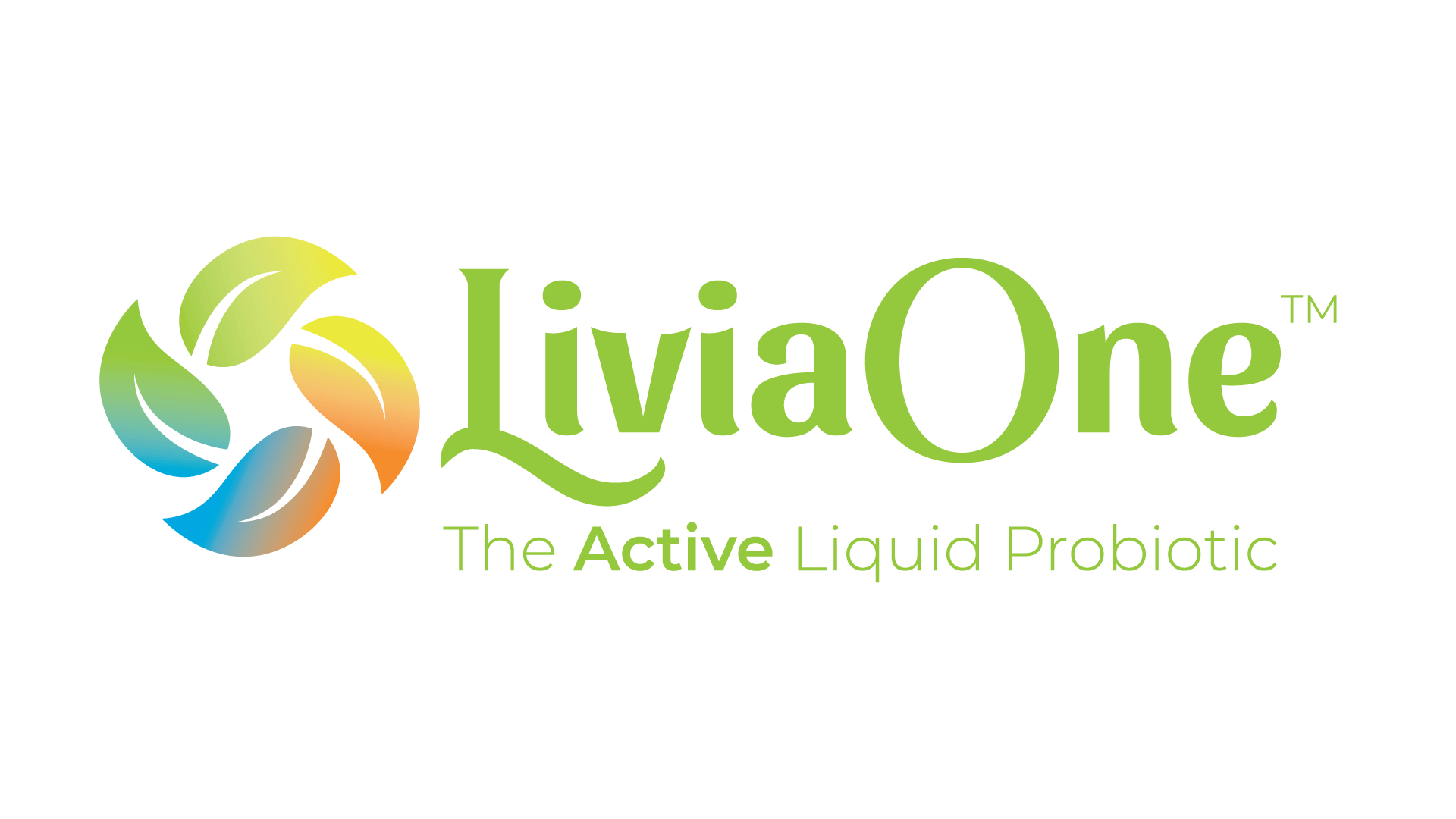Frozen Yogurt
Frozen yogurt first appeared on the dessert scene in the 1970's. Though consumers did not at first find its tart flavor appealing, frozen yogurt made a huge leap into the dessert market in the 1980's when chains like TCBY began to make a creamier version. In recent years, frozen yogurt has experienced a new resurgence due to widely-touted health benefits and some emerging retail giants.
One big factor in the renewed frozen yogurt craze is Pinkberry. When the first store opened in West Hollywood in January 2005, Pinkberry was an instant hit. In fact, it soon became known as "the taste that launched a thousand parking tickets." That first location was not an optimum spot for parking. Customers parked illegally and stood in line for an hour or more. According to CEO and President Ron Graves, the city of West LA made $175,000 from parking tickets in one month, just from people trying to get to Pinkberry. From that single location just a few short years ago, Pinkberry now operates more than 75 stores in California, New York, Texas, Kuwait, and Dubai. Future plans include expanding across the U.S.
This scenario seems pretty rosy for the dessert chain, but in the short time they've been in business, they have had their fair share of controversy. Pinkberry was sued in 2007 for making misleading health food claims and not disclosing their list of ingredients. California law requires that a product marketed as frozen yogurt must be made off-site rather than in stores and have its ingredients prominently displayed. Pinkberry, who was secretive about ingredients and making the frozen dessert at its stores, settled out of court in 2008. The retailer stated that they were not aware of some of the laws. In the settlement, Pinkberry agreed to pay a total of $750,000 to two charities, the Los Angeles Regional Food Bank and Para Los Ninos, but admitted to no wrong-doing. They now mix their products off-site and list all ingredients on their website.
Pinkberry competitors such as Red Mango, Yogen Fruz, and others are also trying to capitalize on one of the country's hottest trends. Red Mango, a company that originated in Korea in 2004, already has stores in15 states, with new stores being added all the time. Yogen Fruz opened its first store in Canada in 1986 and now lists more than 1,200 stores in 25 countries. And don't forget TCBY and their 1,200 plus locations.
It's clear that more and more of the population is being given the opportunity to partake of the sweet, tangy treat that is frozen yogurt. But what are consumers getting when they purchase it? The National Yogurt Association, a national non-profit trade organization, has set guidelines for traditional and frozen yogurt. The live and active cultures of Lactobacillus bulgaricus and Streptococcus thermophilus are the bacteria that turn milk into yogurt. The same is true for frozen yogurt. These bacteria must be present in certain amounts to qualify for the "Live & Active Cultures" seal. Frozen yogurt must have at least ten million cultures per gram at the time of manufacture, compared to 100 million cultures per gram for regular, non-frozen yogurt.
Just as with some products that term themselves "yogurt," not all products listed as "frozen yogurt" actually contain live and active cultures. Frozen yogurt is not subject to federal composition standards, as it is a non-standardized food. To carry the "Live & Active Cultures" seal, the frozen yogurt must be made by fermenting pasteurized milk with Lactobacillus bulgaricus and Streptococcus thermophilus. Frozen yogurt manufacturers will then mix this yogurt with a variety of ingredients per their own recipes. Those ingredients can include fruit, stabilizers, and an ice cream mix of milk, cream, and sugars. The mixture is then frozen. The live bacteria, few of which are killed in the freezing process, go into a dormant state. When eaten and brought back to warm temperatures within the body, these cultures again become active and impart the same health benefits as regular yogurt. A 1999 study by the Virginia Polytechnic Institute and State University confirmed the high survival level of bacteria during freezing using three different methods.
According to TCBY's website, their yogurt contains seven active cultures. Besides the standard Lactobacillis bulgaricus and Streptococcus thermophilus, TCBY also contains Lactobacillus acidophilus, Bifidobacterium lactis, Lactobacillus lactis, Lactobacillus paracasei, and Lactobacillus rhamnosus. Yogen Fruz adds Lactobacillus paracasei and says they "put a billion probiotic bacteria in each serving in addition to all of the yogurt culture that is already there." Though it's not clear why TCBY and Yogen Fruz do not hold the certification, Pinkberry and Red Mango both carry the "Live & Active Cultures" seal on their frozen yogurts. Besides the two standard cultures, Pinkberry frozen yogurt also includes Lactobacillus acidophilus. Red Mango lists Lactobacillus lactis and Lactobacillus acidophilus as live cultures in their products, along with the two required cultures. Red Mango is also the only frozen yogurt retailer whose products contain the patented Bacillus coagulans GBI-30, 6086 or Ganeden BC30.
All of these live bacteria offer a range of known health benefits. Frozen yogurt, for instance, is an excellent option for those that are lactose intolerant. The beneficial bacteria transform lactose into lactic acid, making it easier to digest. Replenishing the intestines with the good bacteria that are supposed to live there aids greatly digestion. The probiotic organisms in frozen yogurt have other positive health benefits such as boosting the immune system, helping to prevent the development of certain cancers, and preventing the growth of many harmful bacteria.
Consumers who treat themselves to a tangy concoction of the latest pomegranate or green tea frozen yogurt will likely not be disappointed in the taste and they might even get a health boost while they enjoy dessert.
REFERENCES:
AboutYogurt.Com. (2009). National Yogurt Association.
Cohen, Alex. (2007). NPR. Dessert Trend: What's in Pinkberry?
Davidson, et al. (2000). Journal of Dairy Science. Probiotic Culture Survival and Implications in Fermented Frozen Yogurt Characteristics. .
Mikus, Kim. (2008). All Business. Frozen Yogurt Company Expanding in Local Malls.
Pinkberry. (2009).
Red Mango. (2009).
Steinhauer, Jennifer. (2007). The New York Times. Heated Competition. Steaming Neighbors. Is This Frozen Yogurt?
Steinhauer, Jennifer. (2008). The New York Times. Pinkberry Settles Suit Over Claims on Dessert.
TCBY. (2009).
Taylor, John R. and Mitchell, Deborah. The Wonder of Probiotics. New York, NY: St. Martin's Press, 2007.
Trenev, Natasha. Probiotics: Nature's Internal Healers. Garden City Park, New York: Avery Publishing Group, 1998.
Yogen Fruz. (2009).
For more information:
 A complete description of probiotics, along with groundbreaking recent clinical research illustrating the many ways probiotics can prevent disease, can be found in Probiotics - Protection Against Infection: Using Nature's Tiny Warriors To Stem Infection. This new compendium from one of contributing authors of the content on this page, Dr. Casey Adams, PhD., takes the confusion out of selecting and supplementing with probiotics. Referencing over 500 scientific studies and reports, and with detailed instructions on how to make your own probiotic foods, this book is a must for anyone seeking to understand the power of probiotics, and improve their immunity and vitality. Click here for ordering information.
A complete description of probiotics, along with groundbreaking recent clinical research illustrating the many ways probiotics can prevent disease, can be found in Probiotics - Protection Against Infection: Using Nature's Tiny Warriors To Stem Infection. This new compendium from one of contributing authors of the content on this page, Dr. Casey Adams, PhD., takes the confusion out of selecting and supplementing with probiotics. Referencing over 500 scientific studies and reports, and with detailed instructions on how to make your own probiotic foods, this book is a must for anyone seeking to understand the power of probiotics, and improve their immunity and vitality. Click here for ordering information.
Please read this Disclaimer:
The contents of this site, such as text, graphics, images, information obtained from www.Probiotic.org licensors and other material ("Content") contained on this site is for informational purposes only. The Content is not intended to be a substitute for professional medical advice, diagnosis or treatment. Always seek the advice of your physician or other qualified health provider with any questions you may have regarding a medical condition. Never disregard professional medical advice or delay in seeking it because of something you have read on this site!

